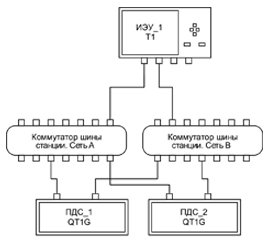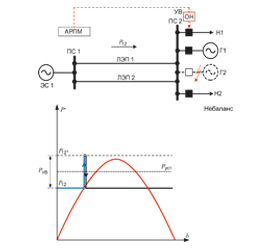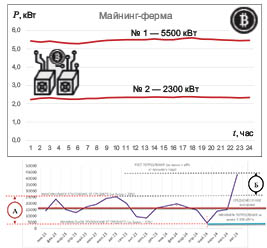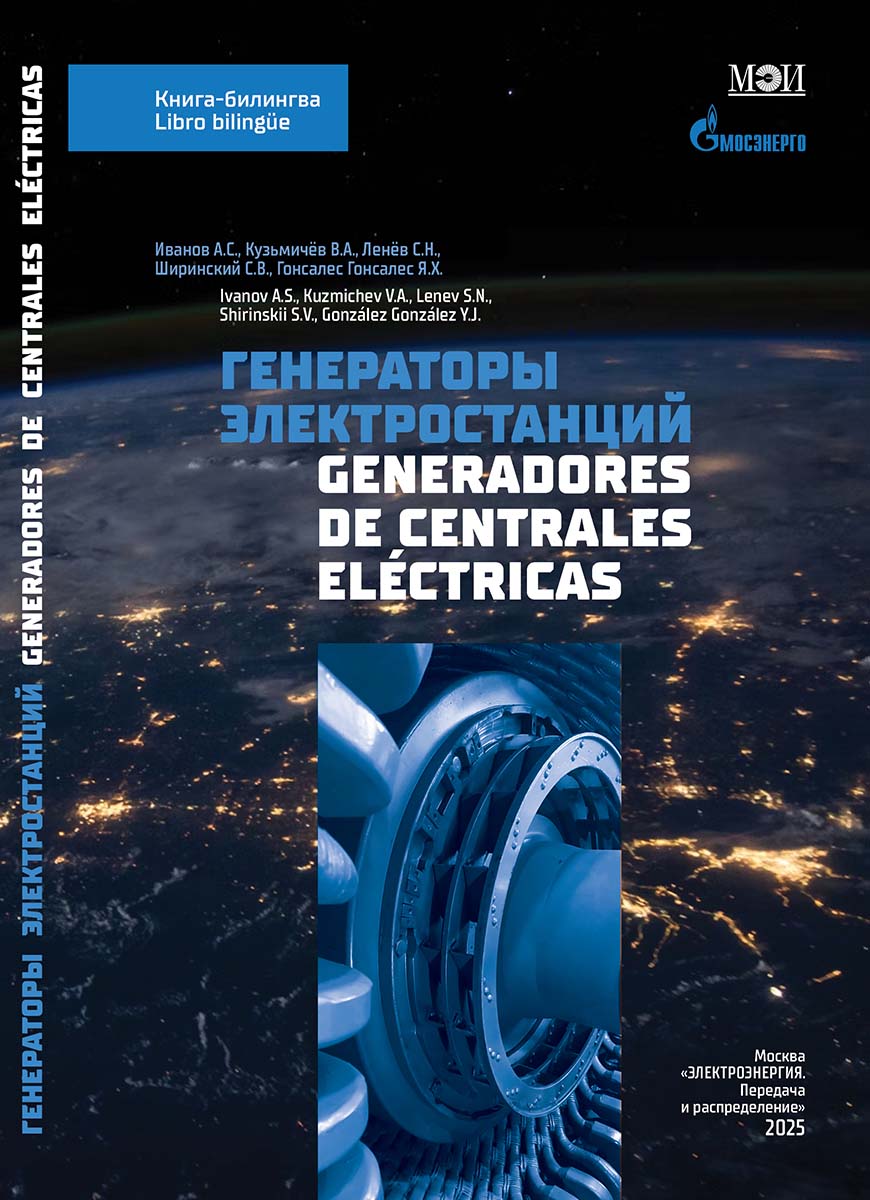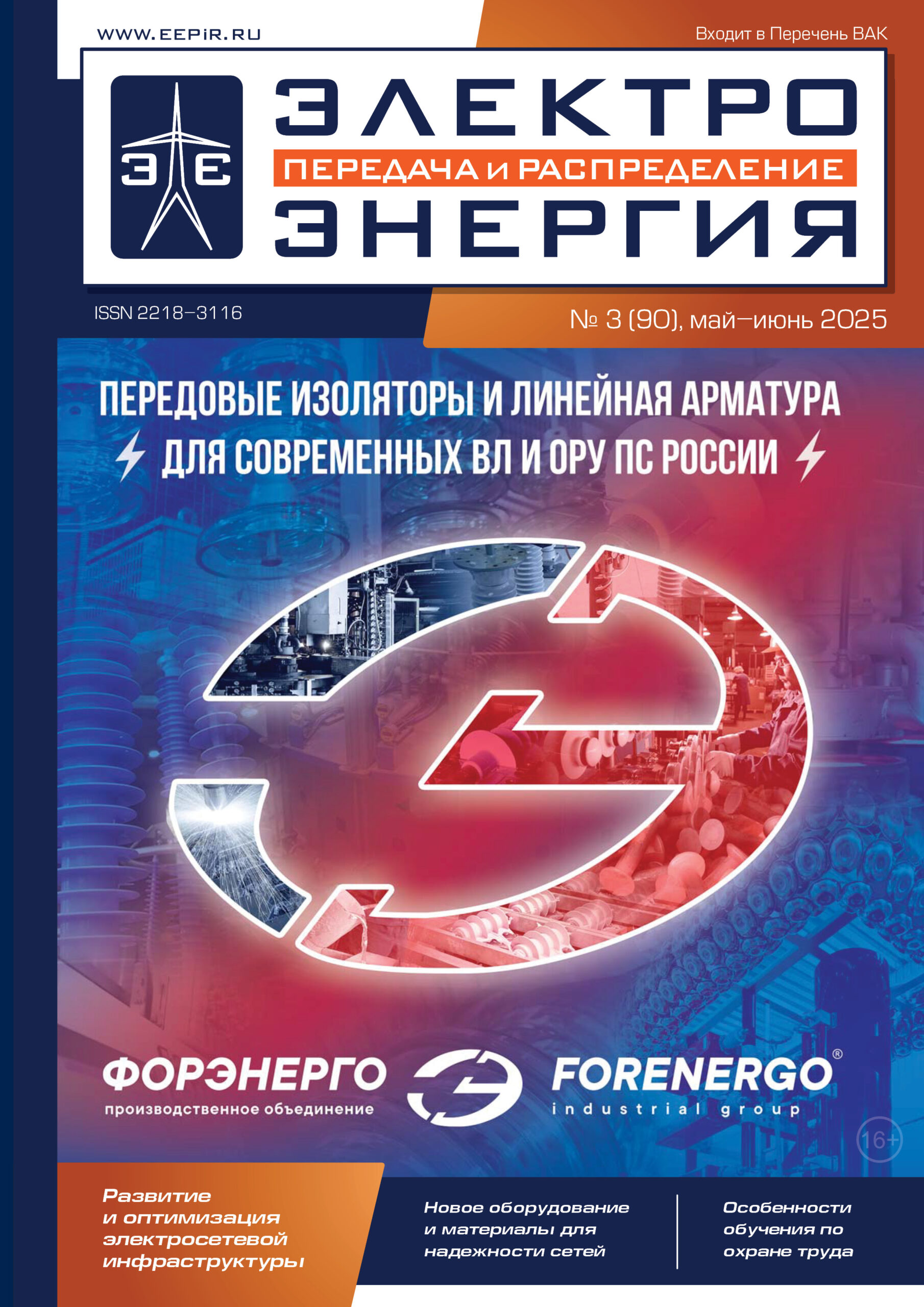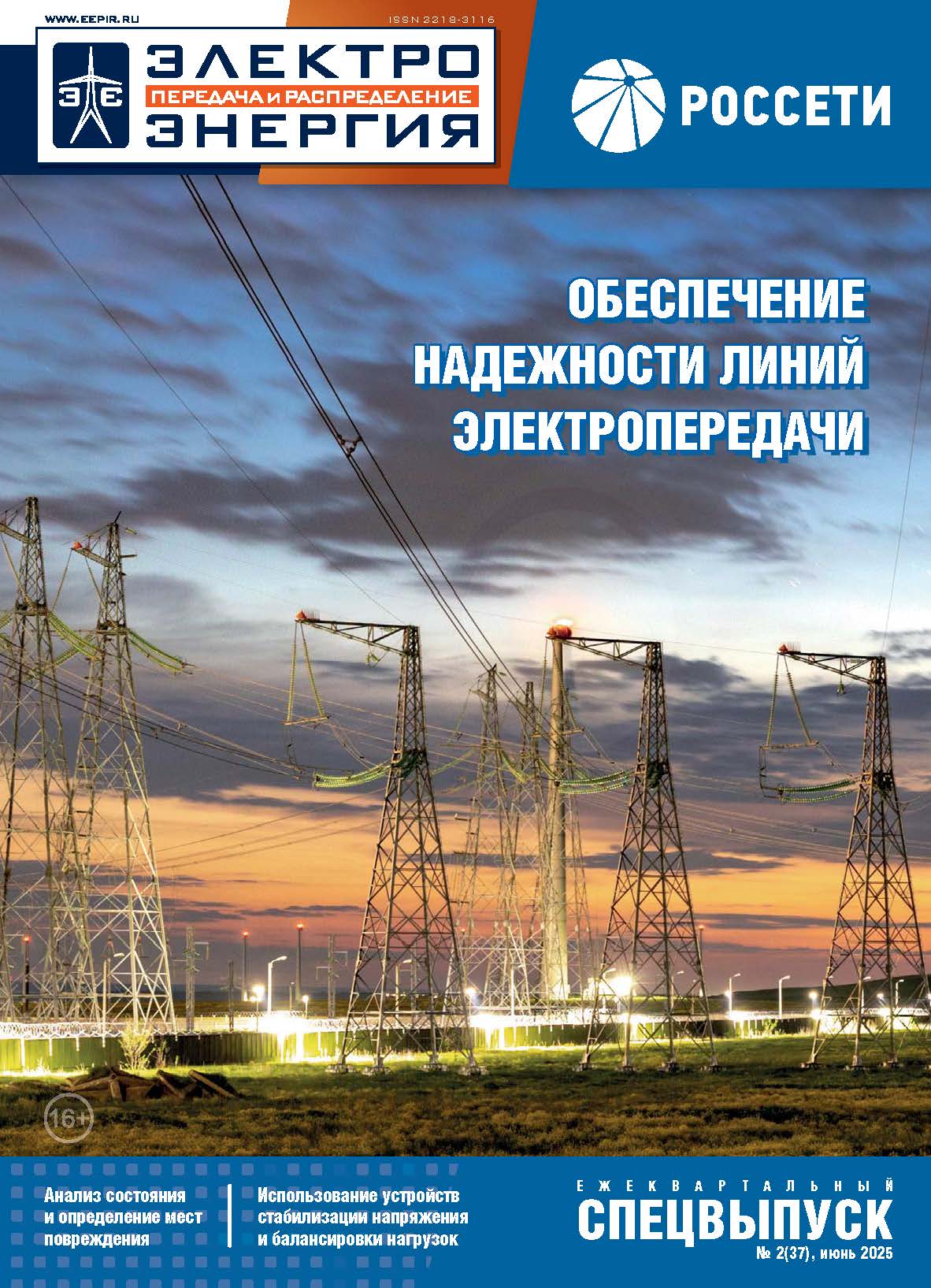
The MAIN JOURNAL for POWER GRID SPECIALISTS in RUSSIA
3 - 6 J U N E 2 0 1 9
MADRID, SPAIN
The MAIN JOURNAL for POWER GRID SPECIALISTS in RUSSIA
3 - 6 J U N E 2 0 1 9
MADRID, SPAIN
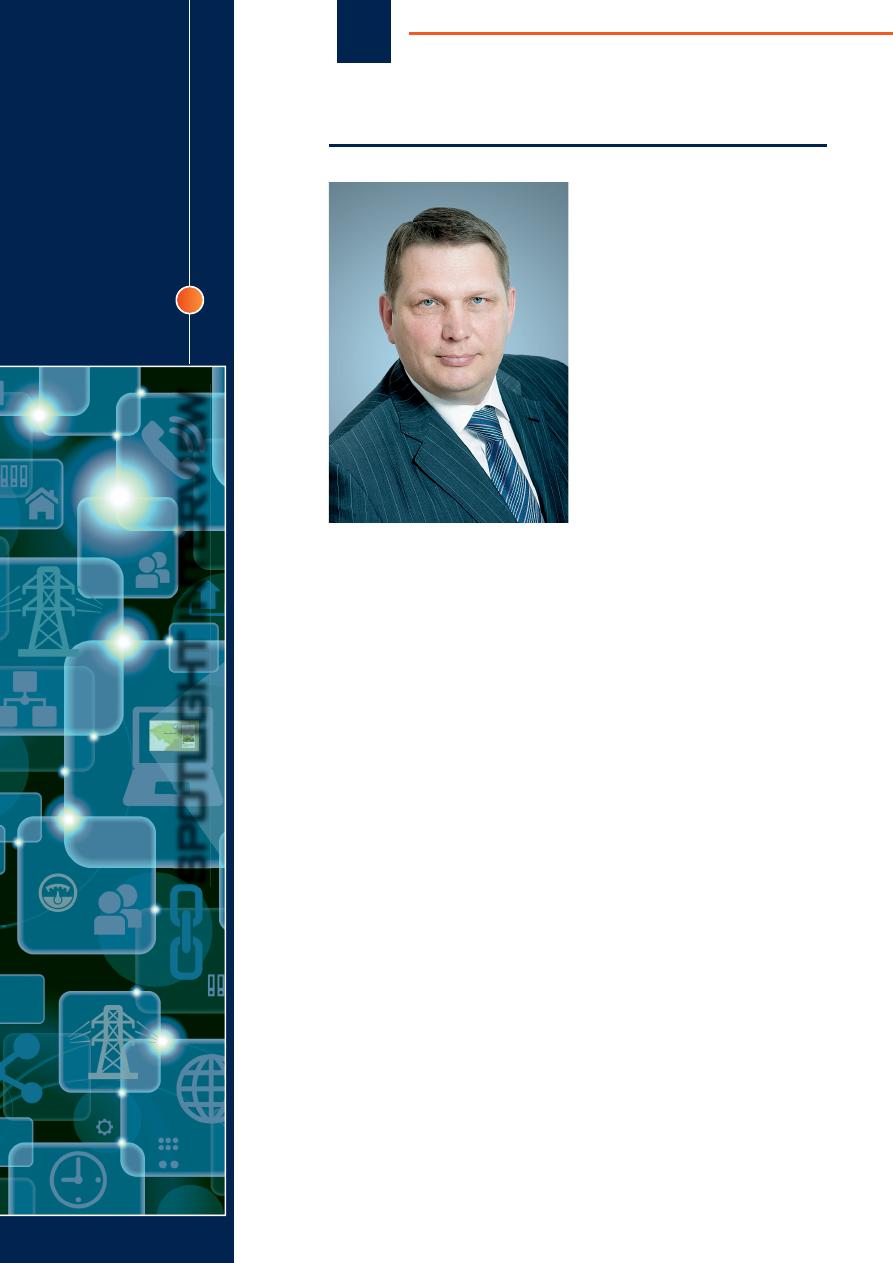
8
s
p
o
t
l
ig
h
t
i
n
t
e
r
v
ie
w
spotlight interview
On the Way to the Future
"Digital Transformation
2030" concept was approved
within the framework of
Rosseti Board of Directors
of
fi
cial meeting chaired by
the Minister of Energy of the
Russian Federation Alexan-
der Novak on December 21,
2018. The concept implies
a complete transformation
of power grid infrastructure
through the introduction of
digital technologies by 2030.
The key issues of concept
implementation are
the topic of conversation
with Andrey MAYOROV,
Deputy General Director –
Chief Engineer of Rosseti.
— Mr. Mayorov, what are the
main goals and tasks set by Ros-
seti when forming and implement-
ing "Digital Transformation 2030"
concept?
— "Digital Transformation 2030"
concept was developed pursuant to
the Decrees of the President of the
Russian Federation Vladimir Putin
no. 203 dated May 9, 2017 "On the
strategy for information society de-
velopment in the Russian Federation
for 2017–2030" and no. 204 dated
May 7, 2018 "On national purposes
and strategic development objectives
of the Russian Federation for the pe-
riod up to 2024", as well as the De-
cree of the Government of the Rus-
sian Federation no. 1632р dated July
28, 2017, which approved "Digital
Economy of the Russian Federation"
program.
In accordance with the concept,
the main goal of digital transforma-
tion is to change the logic of pro-
cesses and to establish risk-based
company management through digi-
tal technologies introduction and big
data analysis.
The tasks of power grid digital
transformation are:
1. Ensuring power grid readiness for
new technological challenges and
consumer needs.
2. Improving power supply reliability
and effi ciency.
3. Increasing power grid infrastruc-
ture availability.
4. Adapting power grid to new tasks
and challenges.
5. Introduction of decision-making
assistance systems at all levels of
the company management based
on business intelligence.
6. Diversifi cation of the company's
business through additional ser-
vices.
7. Development of human capacity
and new competencies.
Thus, "Digital Transformation
2030" target model represents
a change in the logic of corporate and
technological processes of company
management based on business in-
telligence and big data usage.
In numerical terms, there is an in-
tention to shorten the terms of tech-
nological connection from 192 days
to 120 days, and to make this pro-
cedure simple and cheap for new
consumers. In addition, company’s
effi ciency will be improved. By 2030,
power losses in electrical networks
should be reduced from 9.4% to
7.34% generally and from 15.6% to
8.89% for 0.4–20 kV networks. It is
projected to decrease CAPEX by
15% and OPEX — by 30%.
Electric networks reliability will
be almost doubled: SAIDI and SAIFI
predicted values will be increased to
2.4 and 0.92 respectively by 2030.
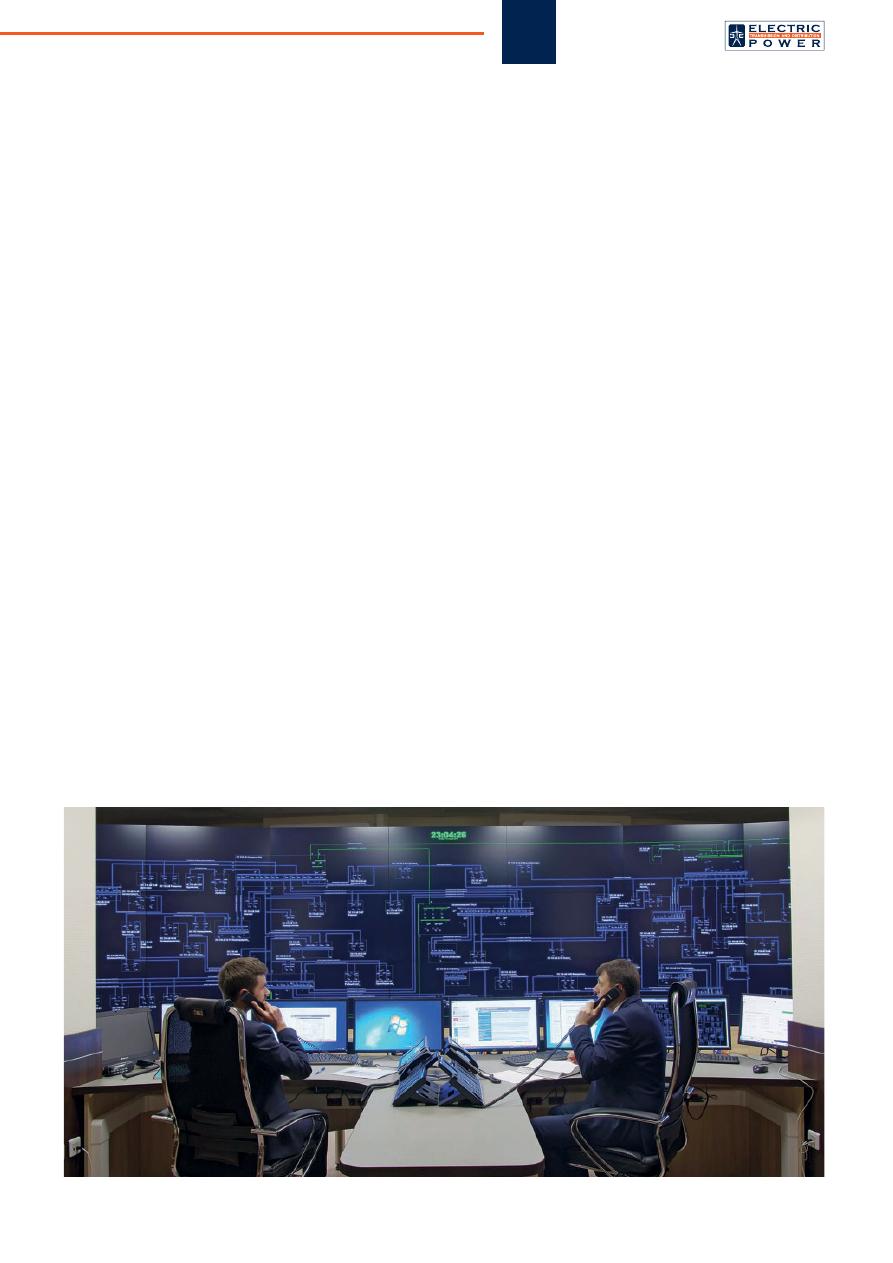
9
— How will digitalization con-
cept aff ect the improvement of
existing processes?
— The eff ect of implementing
digitalization concept will be com-
prehensive and will cover technical
and corporate business processes
in Rosseti.
Reliable crosscutting real time
data on consumption, operating
modes of the network and its ele-
ments will allow employees of power
grid companies to provide an ade-
quate response to any malfunctions
in the network, to conduct predic-
tive analytics and to create behavior
models for the network, its elements
and consumers. All this will create
conditions for forming fair cost of
the services provided by power grid
companies.
Created unifi ed digital network
model (CIM) will bring technical so-
lutions and equipment requirements
to a single standard and ensure data
integration from diff erent systems
and consumers. New equipment
and technical solutions developed
with the use of modern digital tech-
nologies will create conditions for
a multiple time reduction when con-
structing and reconstructing electric
grid facilities, and open up oppor-
tunities for a signifi cant increase of
Russia's export potential in global
markets.
New technological solutions will
lead to network management pro-
cesses improvement. A transition
from a three-level to a single-level
system for managing electrical grids
will be made. Also, operational dis-
patch management system will be
optimized. Creation of real smart
electricity metering system will allow
power engineers to form real-time
energy and power balances. Based
on the obtained data, it will be possi-
ble not only to make quick decisions
on the necessary measures for re-
ducing power losses and optimizing
network modes, but also to ensure
forward planning of network opera-
tion.
The active-adaptive network es-
tablished as a part of implementing
concept will ensure the active par-
ticipation of energy market entities
in the transmission and distribu-
tion of electricity, as well as smart
control of network operation modes
without human participation. Equip-
ping the networks with modern high-
speed power electronics devices
and systems providing online infor-
mation about equipment operation
and condition will ensure automatic
localization of damage sites for
speedy elimination of technological
disruptions and power supply res-
toration. Thus, electrical network
will be transformed from a passive
device for transmission and distribu-
tion of electricity into an active ele-
ment with real-time-changing char-
acteristics.
Additionally, digital network po-
tential can be used for diverse data
analysis (energy pulse of the mar-
ket). In its turn, the data analysis can
be used for planning development of
constituent entities of the Russian
Federation. The sale of additional
services to consumers on energy
service basis by means of reducing
energy consumption will become
quite real. Conditions will also be
created for developing new servic-
es, such as: expanded and fl exible
electric power tariff options; hybrid
electric power supply systems; pro-
active services, mobile applications;
cooperation with prosumers; Internet
of Things technologies; consumer
targeting through socio-economic
data; use of smart contracts for pay-
ments; smart homes; charging infra-
structure support and others.
Digital transformation will im-
prove the energy security of the
country's regions by creating new
infrastructure opportunities and will
provide a new level of life quality as
a result of new standards of service.
The digital transformation is
based on the improvement of com-
pany’s unifi ed technical policy, tak-
ing into account necessary changes
in technological and corporate pro-
cesses and development of new cor-
porate standards. The above-men-
tioned changes should be based on
an ontological activity model, being
an instrument for implementing the
above tasks with regard to the re-
quirements of the network-centric
approach.
The Grid Control Center of Yantarenergo JSC (part of the Rosseti Group), Kaliningrad
The 25th CIRED Session
Special issue, June 2019
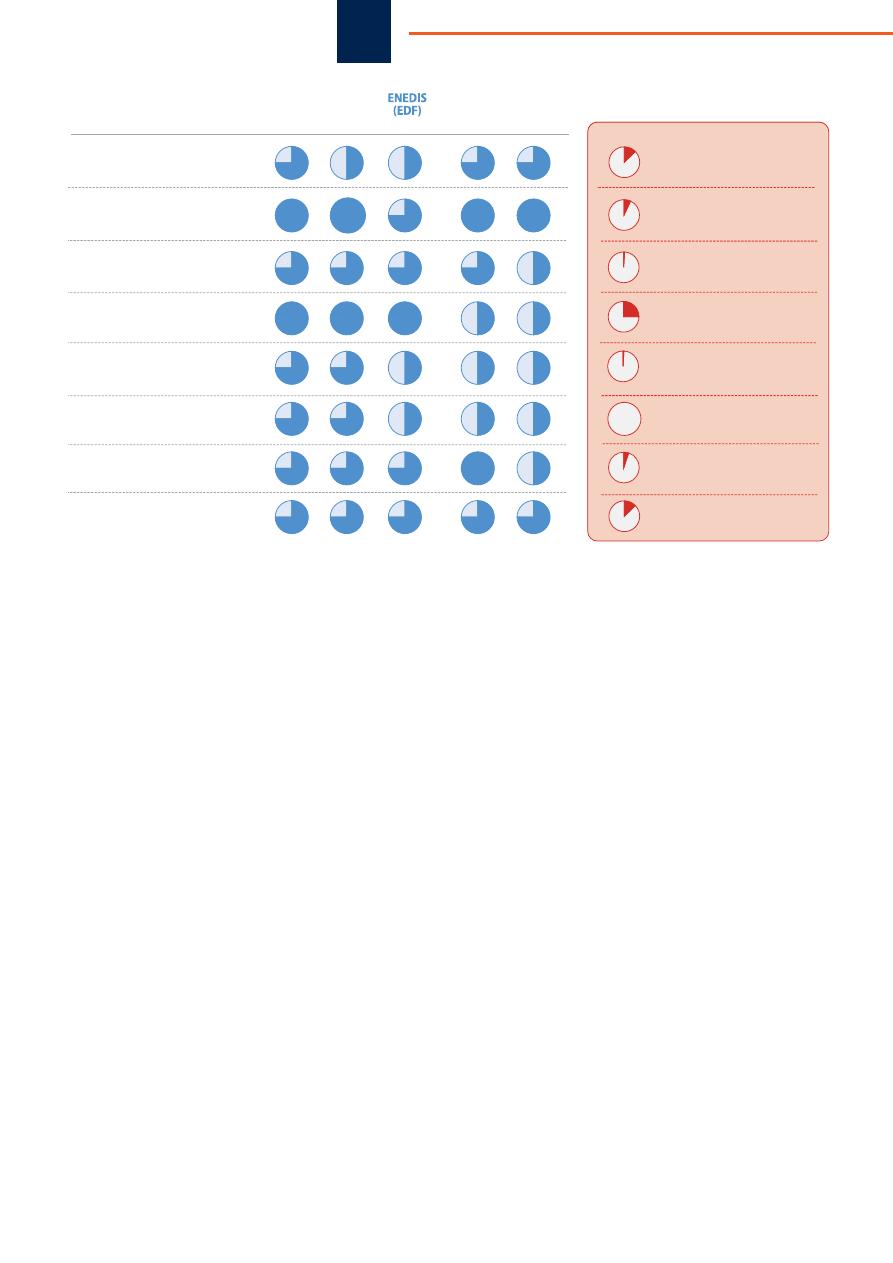
1
0
A key factor of digital network
implementation is platform solutions
and creation of unifi ed digital data
buses, as well as information security
technologies introduction. In addition,
automated process control systems
should be implemented on the basis
of domestic hardware and software.
— The Russian Federation and
Rosseti are not pioneers in this
fi eld. Energy companies world-
wide implement similar projects.
Will the world experience be used
when implementing the concept?
— Indeed, digitalization of main
technological processes in power
grid is a global trend and many en-
ergy companies around the world
have already succeeded in this direc-
tion. Figure 1 shows a comparison of
the world's best practices with Ros-
seti current achievements. As can
be seen from the fi gure, domestic
power grid digitalization is still in its
infancy. But current situation should
additionally mobilize the eff orts and
resources of the company seeking
not only to maintain leading positions
in the global electric power industry,
but also to ensure the sustainable
develop ment of the country and sup-
port its key role in the international
arena. Defi nitely, the best world prac-
tices will be taken into account.
More than 70% of Russian power
grid equipment has already worn
out. Rosseti subsidiaries still have
facilities built in the thirties of the
last century. Some facilities will cel-
ebrate its 100th anniversary by 2030
(end date of digital transformation
concept). The company has no time
to spare in such a situation.
— Does it mean that concept
implementation is also an ambi-
tious program for renovating out-
dated equipment?
— Of course, outdated and worn-
out equipment of power grid facili-
ties will be updated. The concept
foresees the following measures for
replacing obsolete equipment with
modern digital one:
1. Replacing electromagnetic mea-
suring transformers with optical
ones, or installing analog-to-digi-
tal converters on existing current
and voltage transformers in or-
der to form a digital signal.
2. Replacing electromechanical re-
lay protection with microproces-
sor one. This will ensure complete
selectivity (only damaged parts of
electrical network will be cut off ).
3. Establishing
communication
channels (installation of switches
and routers). Information will be
transmitted directly to dispatch
board.
4. Replacing or installing remote
controllers for ensuring control
of network parameters.
5. Installing smart metering de-
vices at all substation feeders
(electric power technical record-
keeping). The system will pro-
vide voltage levels control and
switching devices operation.
6. Replacing primary substa-
tion equipment where relevant
(transformers, reactors, circuit
breakers, disconnectors).
— Will internal processes
also be upgraded?
— Of course. Activities on digi-
tal transformation of business pro-
cesses will be divided into several
stages.
At the fi rst stage, an audit for all
existing business processes should
be carried out. It is necessary to
determine where the data appears
and how it changes.
The second stage is the primary
integration of information systems
based on the obtained data. This
TEPCO
Japan
Enel
Italy
KEPCO
Korea
Rosseti
Elements of digital
substations
GLONASS without analytical
module has been implemented
Index of equipment technical
condition has been introduced
in 2018
Antivirus and individual items
Elements have been
implemented in FGC UES
National Grid
United
Kingdom
Fig. 1. The best world practices of power grid digital transformation as of 2018 and Rosseti rating position (based on research
of the Russian energy agency, analytical materials of Ernst and Young 2017-2018)
1. Digital substation technologies
(IEC 61850)
2. Smart metering
3. "Digital electrician"
4. Risk-based management model
5. Smart control systems (ADMS)
6. Automated systems of predictive
analysis
7. Cybersecurity
8. Digital computer aided design
system (CAD)
SPOTL
I
GHT
IN
TERV
I
EW
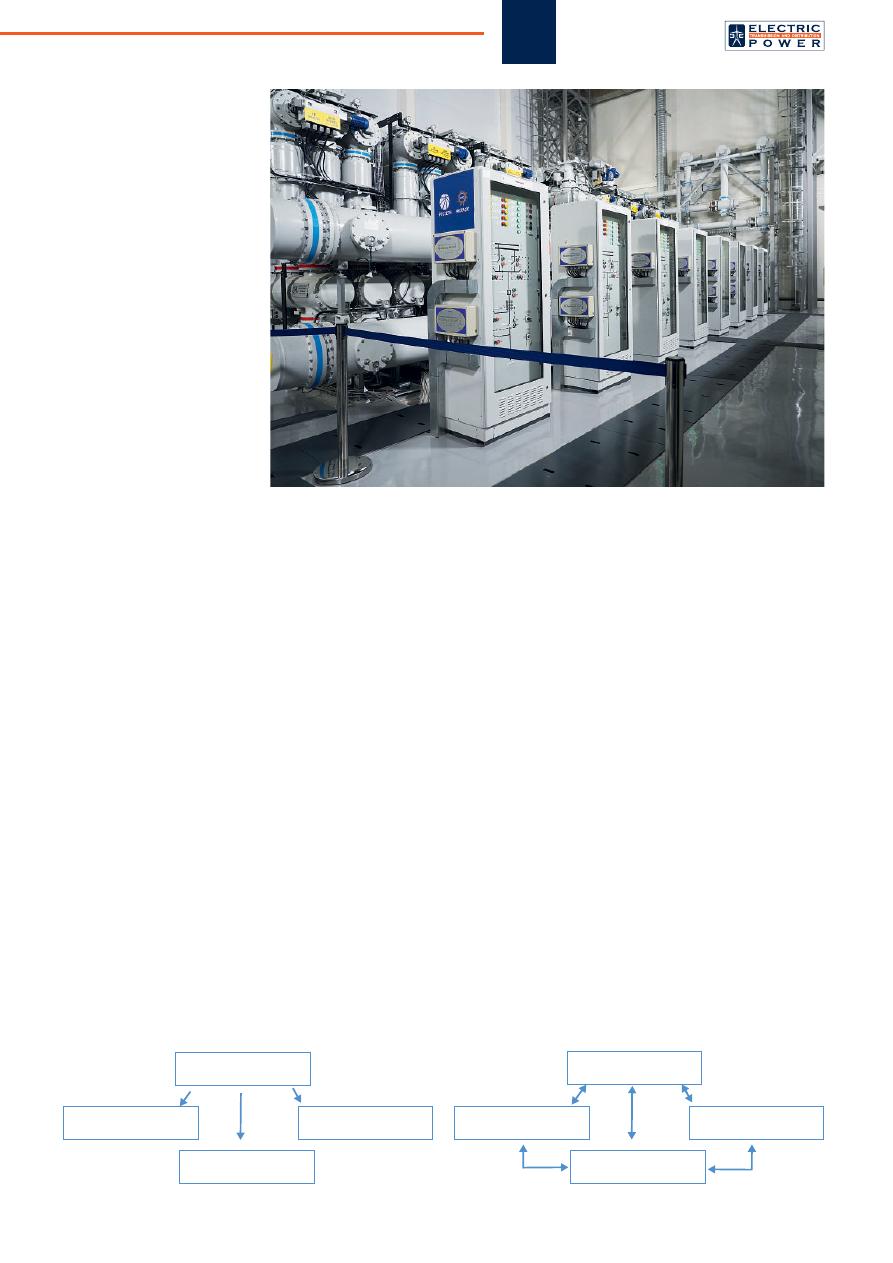
11
can be achieved by creat-
ing connectors between
systems for eliminating
manual input and minimiz-
ing inaccuracies and data
distortions transmitted from
system to system.
At subsequent stages,
business processes typ-
ing and standardization are
carried out. Also, creation
of unifi ed data model and
information architecture is
continued. The logic of busi-
ness processes is changed
during digitalization. Stan-
dard processes should be
implemented without hu-
man intervention. Manage-
ment levels should be re-
duced. The control system
is converted from vertical to
matrix one (Figure 2).
Company’s digital man-
agement based on a single corpo-
rate environment will allow the com-
pany to gain the following results:
– signifi cant reduction of dead-
lines and costs of the design,
implementation, development
and technical support of infor-
mation systems;
– collection of standardized, reli-
able, consistent data for the fol-
lowing analysis using Big Data,
Machine Learning, Artifi cial
Intelligence technologies.
Data exchange between corpo-
rate and technological information
systems using a single data bus
based on standardized formats and
interaction mechanisms will com-
bine typical centralized / distributed
corporate information systems. Due
to this, it becomes possible to elimi-
nate duplication of information and
manual data entry.
Necessary condition for ensur-
ing operational management infor-
mation reliability is the use of a sin-
gle data model for technological
Fig. 2. Change of control system from vertical to matrix one
Leader
Department 1
Department 2
Department 3
Vertical
interconnections
Leader
Department 1
Department 2
Department 3
Matrix
interconnections
Hall of 110 kV gas-insulated switchgear ("Medvedevskaya" digital substation, Moscow)
and business processes. The data
model should unambiguously de-
termine the essence of these pro-
cesses and relationship between
them. Additionally, the data model
should be identical for all subsid-
iaries and affi liates in the Rosseti
Group.
— Digitalization of all techno-
logical and corporate processes
will require serious investments
for creating integrated cyberse-
curity system...
— Yes. That is why, equipment
built on the domestic microproces-
sor-based elements and software
included in the unifi ed register of
Russian programs for electronic
computers and databases is used
as a priority. Domestic technolo-
gies ensure a high level of informa-
tion security and cyberattack pro-
tection.
The security system of informa-
tion infrastructure facilities should
be created as a typical geographi-
cally distributed complex, including
processes, forces and means de-
signed to detect and prevent com-
puter attacks, as well as eliminate
the consequences of computer in-
cidents. Besides, the security sys-
tem should provide:
– sustainable operation of the
information infrastructure relat-
ing to the Rosseti Group power
grid facilities when breaking
computer attacks;
– prevention of unauthorized ac-
cess to the processed informa-
tion, destruction of such infor-
mation, its modifi cation, block-
ing and distribution, as well as
other illegal actions in relation to
such information.
As part of the Rosseti Group
unifi ed information security poli-
cy, a threat model is defi ned. The
threat model contains a descrip-
tion of the information architecture
of "Digital Network 2030" target
model, a source characteristic of in-
formation security threats, including
The 25th CIRED Session
Special issue, June 2019
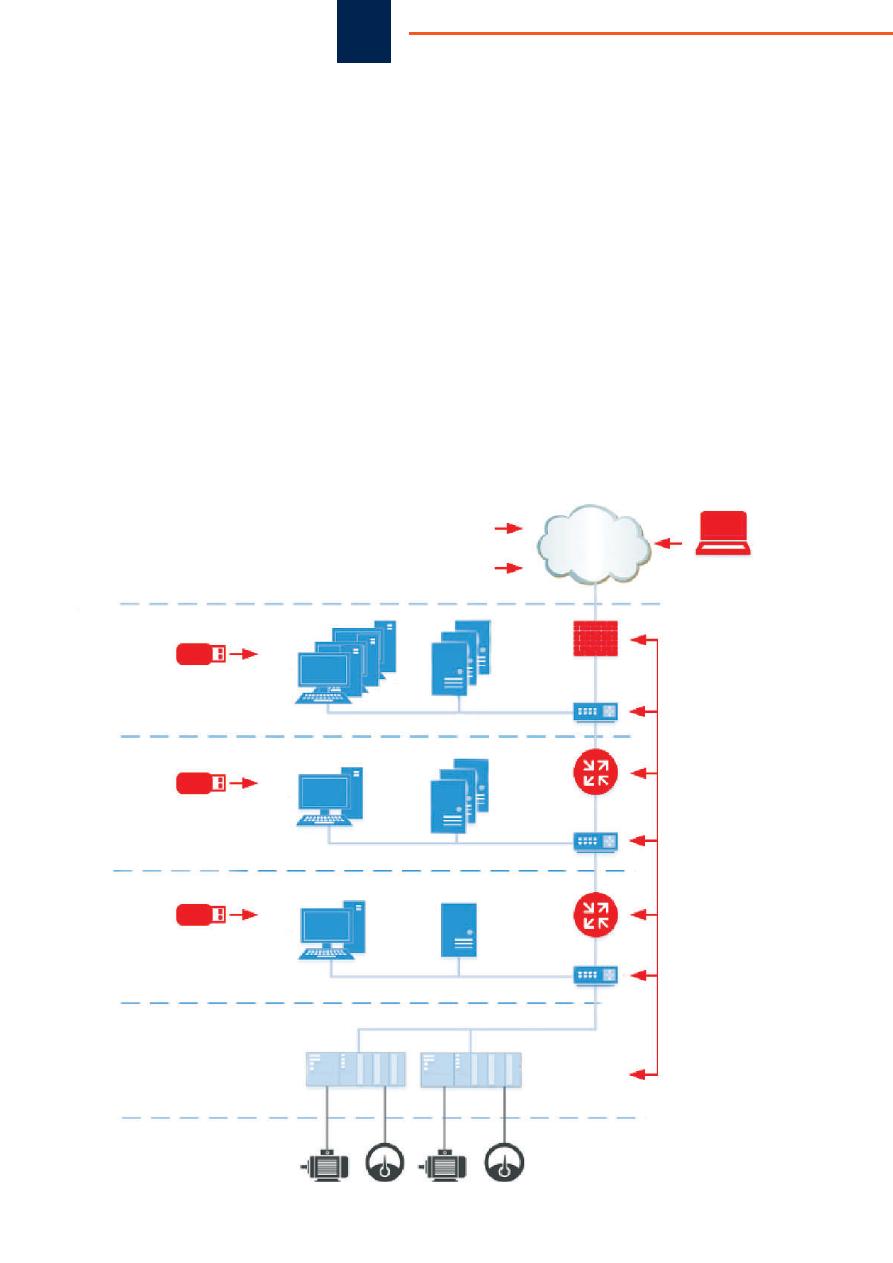
1
2
adversary model and a description
of all information security threats
(Figure 3).
The key factors are meant to be
the basis of Rosseti information se-
curity system:
– ensuring technological safety
and independence from import-
ed equipment;
– certifi cation of new equipment
and software;
– increasing the level of staff know-
ledge and organization of (re)
training for engineers, technicians,
administrators and operators on
information security issues;
– development of industry informa-
tion security standards;
– conducting internal control in the
fi eld of security.
Measures aimed at improving in-
formation security level can be:
– electronic signature and encryp-
tion;
– automation of computer attacks
detection and prevention;
– ensuring the most rapid informa-
tion infrastructure recovery (self-
recovery);
– application of risk-based infor-
mation infrastructure asset man-
agement;
– interaction with State system for
detection, prevention and mitiga-
tion of cyberattacks.
— The concept implementa-
tion is a serious work. What are
your plans for it?
— Rosseti has developed a road
map for harmonizing all the neces-
sary measures required to the tran-
sition to a new digital technology
platform (Figure 4).
It is important that all measures
for digital transformation of power
grid infrastructure will be imple-
mented within the framework of the
existing tariff and power balance.
Subsidiaries investment programs
will be taken into account, so there
is no impact on tariff for consum-
ers. It is expected, that program
payback relating to its own effi -
ciency, long-term regulation rules,
as well as the ability to preserve ob-
tained eff ects as sources for invest-
ments will allow the company to in-
crease the amount of dividend pay-
ments.
— Are any additional support
measures required for implemen-
tation of the concept?
— The regulatory measures are
needed for implementing digitaliza-
SPOTL
I
GHT
IN
TERV
I
EW
Level of business activities
Unsecured internet
connection
Remote access and
technical support
from infected devices
Malicious email attachments
Downloading fi les
from infected Internet resources
@
www
Internet
1С
Industrial
Control
Systems
Automated
Process
Control
System
Unsecured wireless
connections
Deliberate acts
of "motivated" staff
Malicious logic in
hardware and software
Installing maliciously
modifi ed or infected
software
Incorrect network
access rules
Substation level
Sensors of telemechanics,
telecontrol, technical
and fi scal metering
Main substation equipment
Level of grid
control center
Infected
USB storage
Infected
USB storage
Infected
USB storage
*
IED — intelligent
electronic
devices
IED
*
IED
*
Fig. 3. Model of security threats
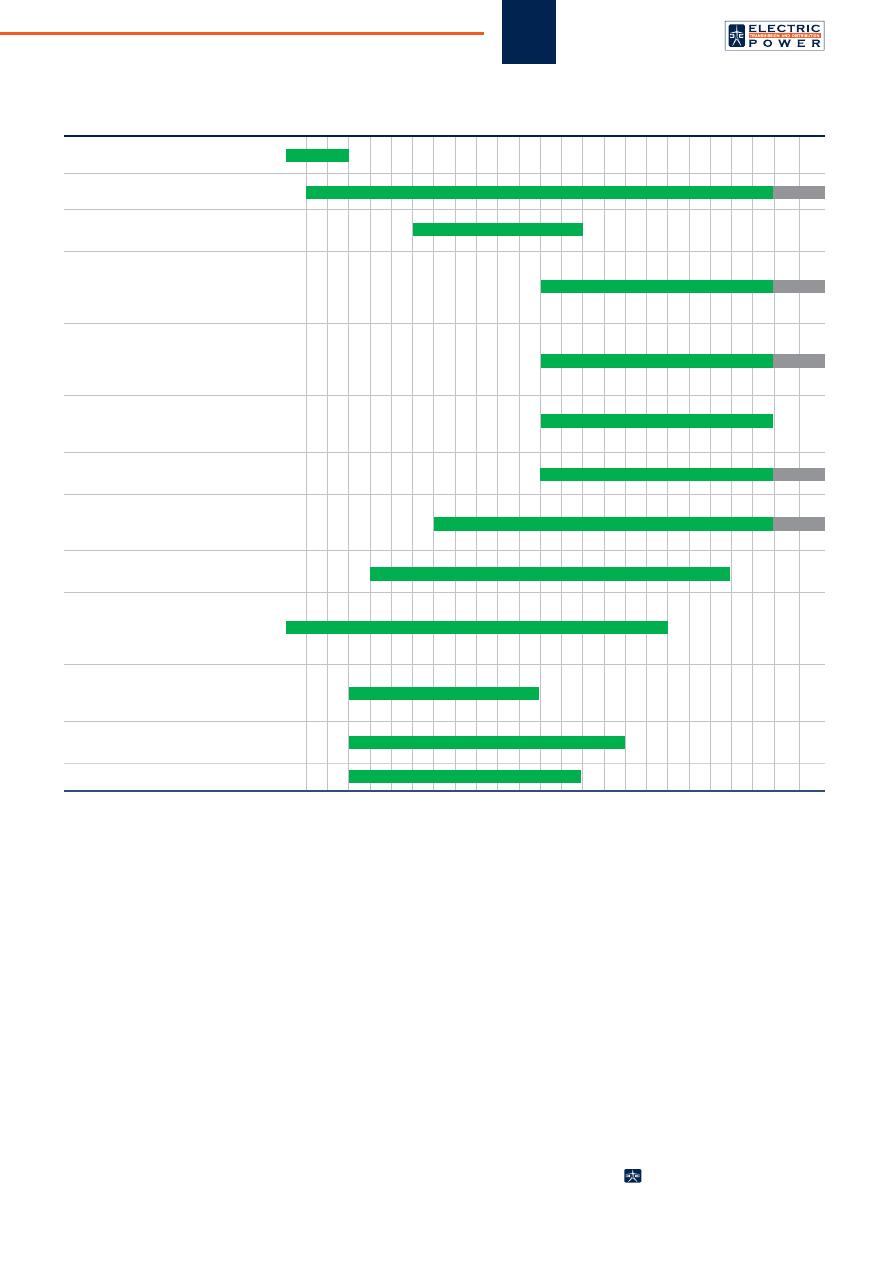
1
3
tion concept. They should include
the following:
– establishment of long-term ta -
riff s and reference tariff forma-
tion for long-term planning of
system development;
– implementation of economically
feasible fees for power reserve;
– improving the procedure for
preferential access to energy
infrastructure.
With the support of the Ministry
of Energy of the Russian Federa-
tion, it is necessary to develop and
improve a methodology for assess-
ing economic effi ciency of digital
technologies implementation.
A comprehensive economic ef-
ficiency assessment of introduc-
ing digital technologies should
take into account the synergy of
effects in the target payback hori-
zons. The payback period of vari-
ous digital technologies should be
in the range of 5 to 10 years.
There is a need to assess
digitalization level and achieved
effects when implementing and
replicating digital solutions in
the framework of road maps. For
these purposes, it is planned to
introduce digitalization index for
PJSC "Rosseti" and its subsidiar-
ies and affiliates.
In accordance with the above-
mentioned, digital transformation
levels of PJSC "Rosseti" subsidiar-
ies and affiliates will be calculated
and established. The following cri-
teria will be taken into account:
– digitalization of corporate and
technological processes;
– smart metering;
– cybersecurity;
– visualization systems for pro-
cesses and assets (geographic
information systems);
– analytics tools.
To evaluate the criteria, a method-
ology for calculating and determining
criterion weight in the general digita-
lization level index will be developed.
— Thank you very much for the
interview. We wish PJSC "Rosseti"
success and high achievements
when implementing the concept
of power grid digital transforma-
tion.
Interviewed by Ekaterina GUSEVA
Action
2019
2030–2040
2040–2050
Jan
Feb
Mar
Apr
May
Jun
Jul
Aug
Sep
Oct
Nov
Dec
2020
2021
2022
2023
2024
2025
2026
2027
2028
2029
2030
Adoption of standards for digital
network
Interaction with Federal executive
authorities on regulatory measures
Data transfer to Grid control center
or Situation center
"Digitization" of existing measurement
transformers at operating substations
and installation of optical measurement
transformers at new substations
Complete technical re-equipment / mo-
dernization for organizing data acquisi-
tion (relay protection, telemechanics,
circuit breakers / transformers, etc.)
Installation of smart electricity metering
systems at the borders of balance sheet
attribution. Individual consumer profi les
Modernization of communication
systems
Creation of new communication
channels, leasing of communication
channels
Implementation of "Digital Electrician"
technology
Implementation of the program for
creating and developing unifi ed
Grid control centers of subsidia-
ries and affi liates
Development of a unifi ed digital CIM
model by a pattern of the Ministry of
Energy of Russia
Development of domestic SCADA /
ADMS
Pilot projects
Fig. 4. Roadmap for implementing the concept of digital transformation 2030
The 25th CIRED Session
Special issue, June 2019
Оригинал статьи: On the Way to the Future
“Digital Transformation 2030” concept was approved within the framework of Rosseti Board of Directors offi cial meeting chaired by the Minister of Energy of the Russian Federation Alexander Novak on December 21, 2018. The concept implies a complete transformation of power grid infrastructure through the introduction of digital technologies by 2030. The key issues of concept implementation are the topic of conversation with Andrey MAYOROV, Deputy General Director – Chief Engineer of Rosseti.






